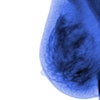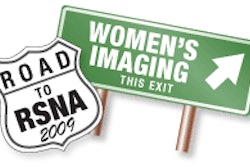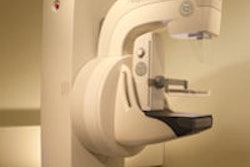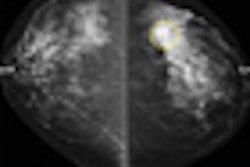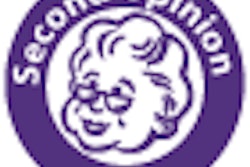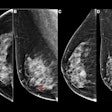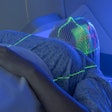Wednesday, December 2 | 3:00 p.m.-3:10 p.m. | SSM01-01 | Arie Crown Theater
Using digitized prior analog mammograms greatly reduces interpretation time for full-field digital mammography (FFDM) screening exams, according to researchers from George Washington University Medical Center.Dr. Rachel Brem and colleagues analyzed the time it took radiologists to interpret screening FFDM mammograms using film-screen priors and compared it to digitized film-screen priors. Time was measured as only being the interpretation process and didn't include dictation or patient/physician communication, the team wrote.
Four radiologists interpreted 100 full-field digital screening mammograms, all of which had comparison analog mammograms that had been taken at least a year earlier and were digitized using a 43-micron film digitizer (Total Look, iCAD, Nashua, NH).
First the FFDM data was interpreted with the digitized prior on a PACS system (DR Systems, San Diego). A month later, the same exams were interpreted using original film-screen mammograms on a display set next to the digital monitors.
Overall, the four readers decreased their reading time by 31% when digitized prior exams were used, with all of the readers showing an improvement when reading with digitized priors.
The study results bode well for improving workflow, according to Brem.
"[The decreased reading time] should allow for more FFDM mammograms to be interpreted in the same amount of time," she wrote.


